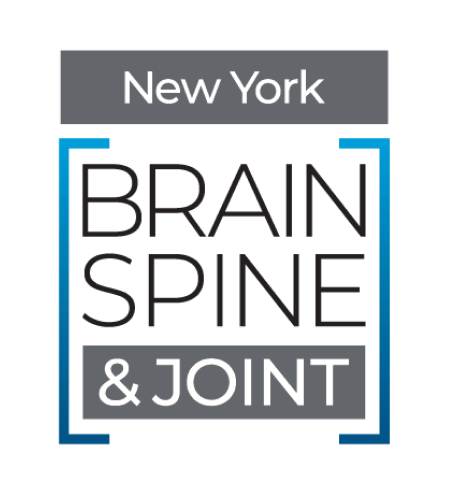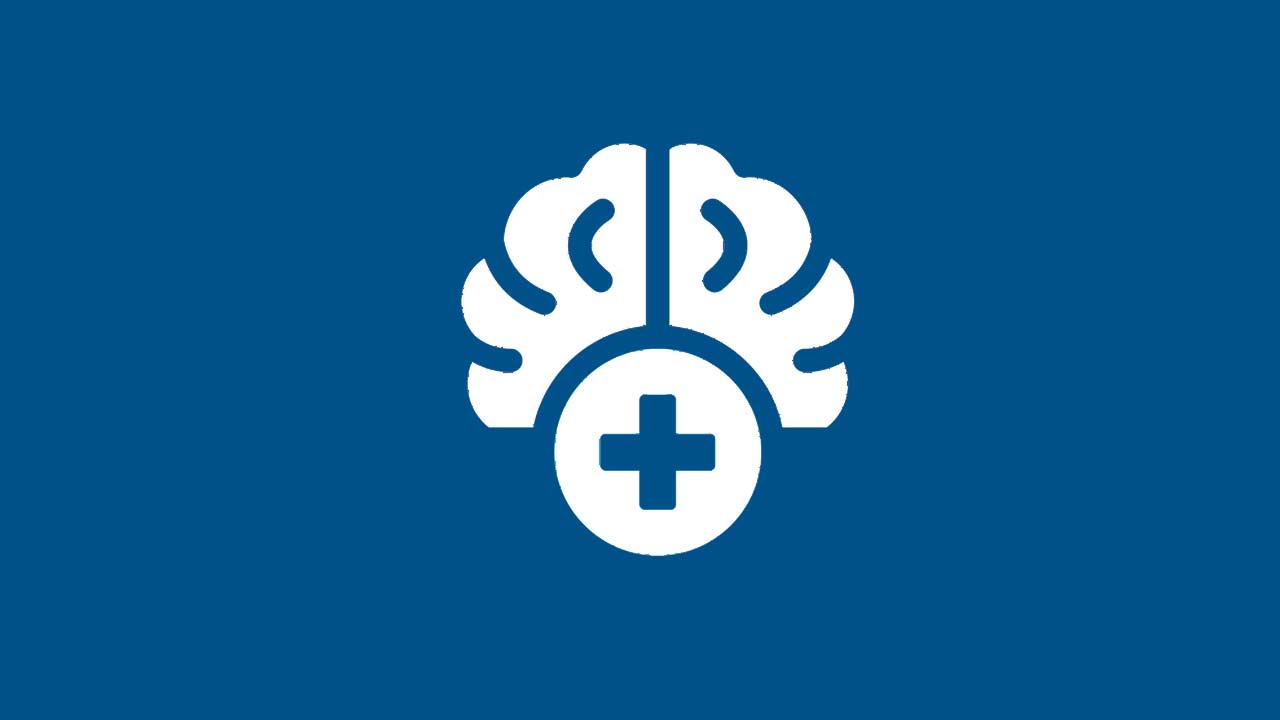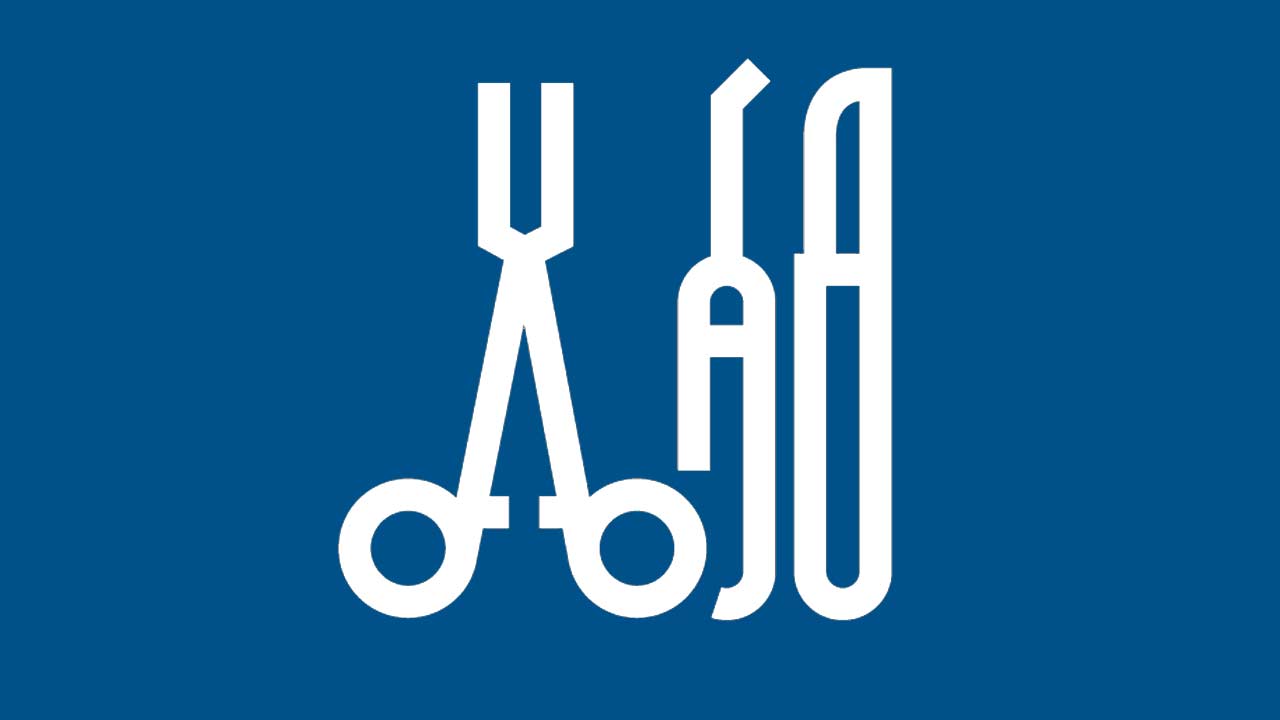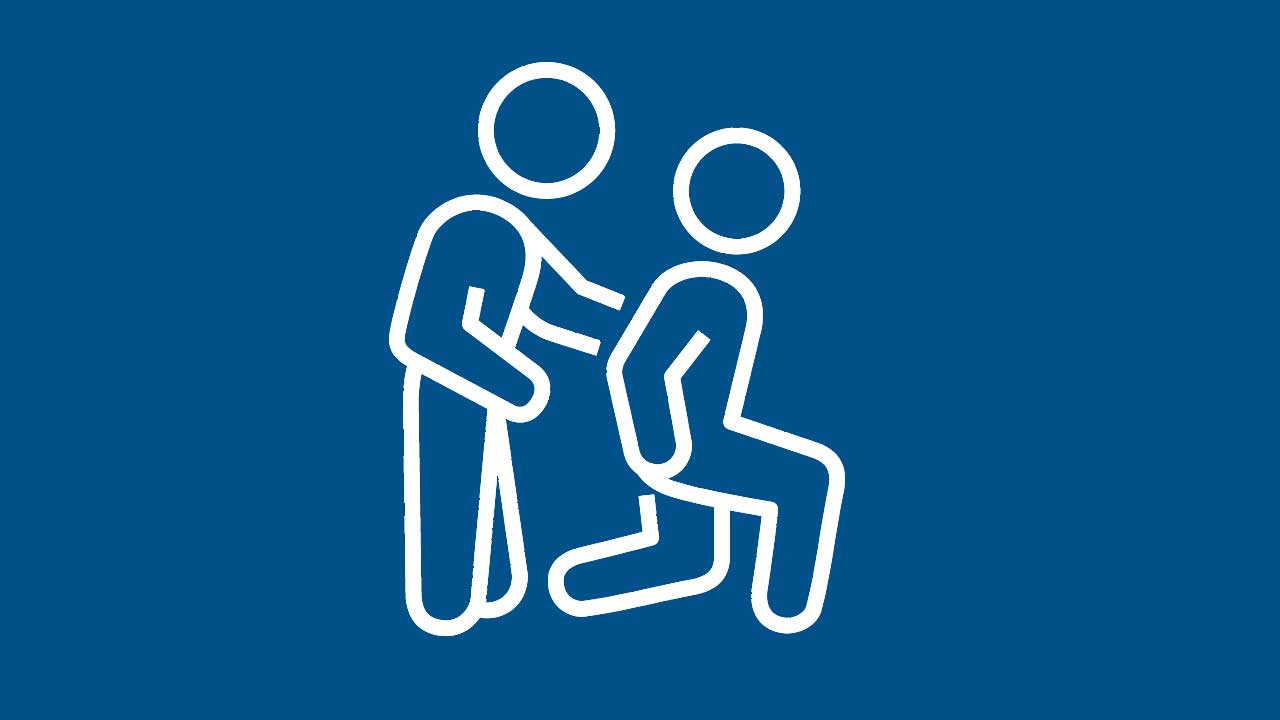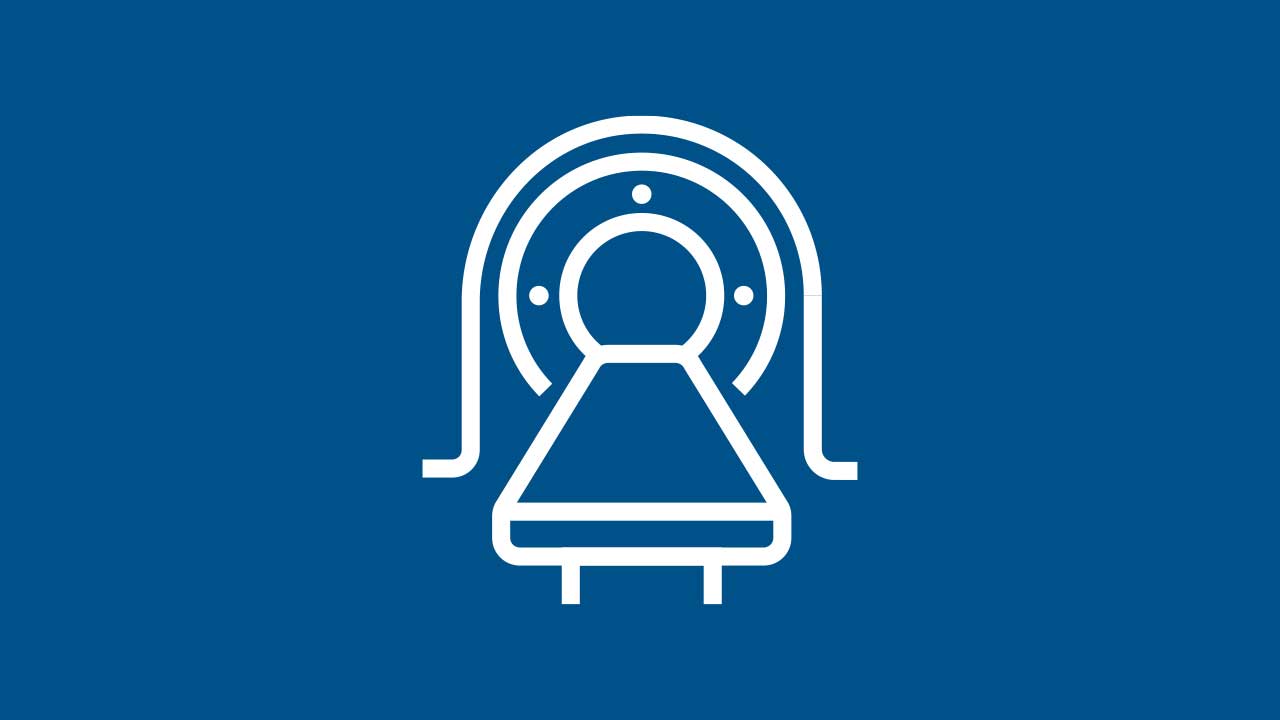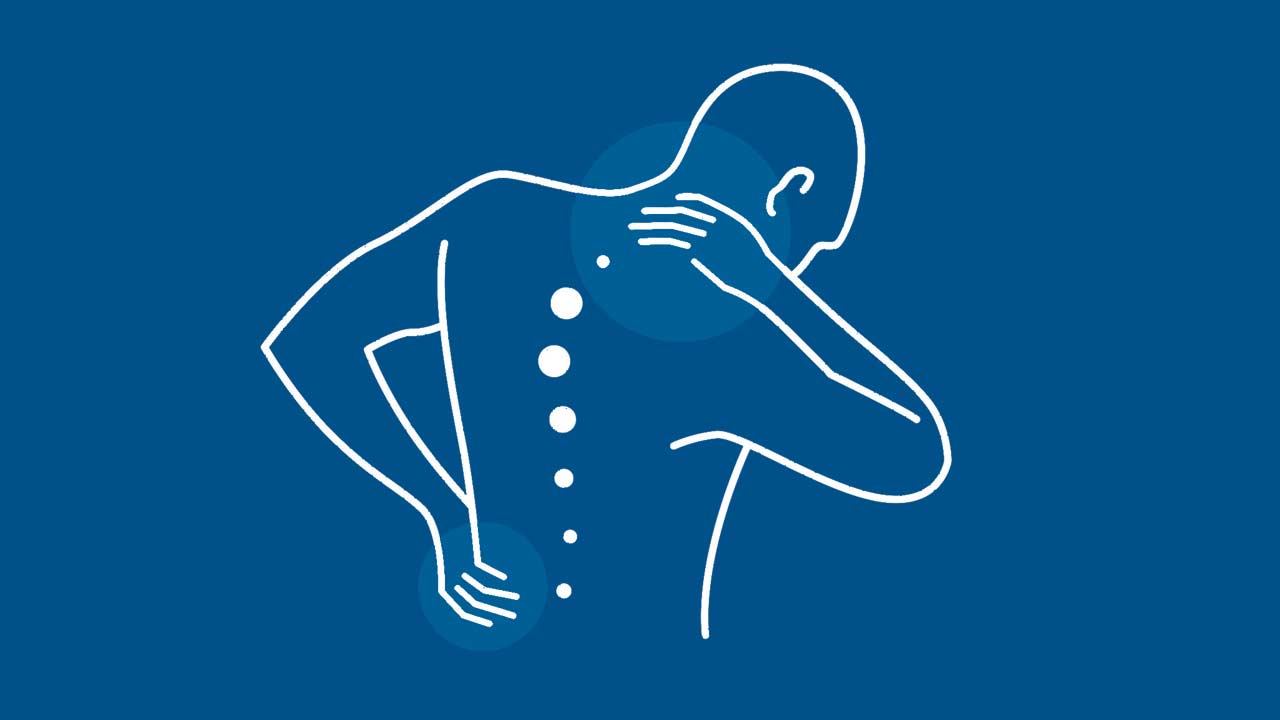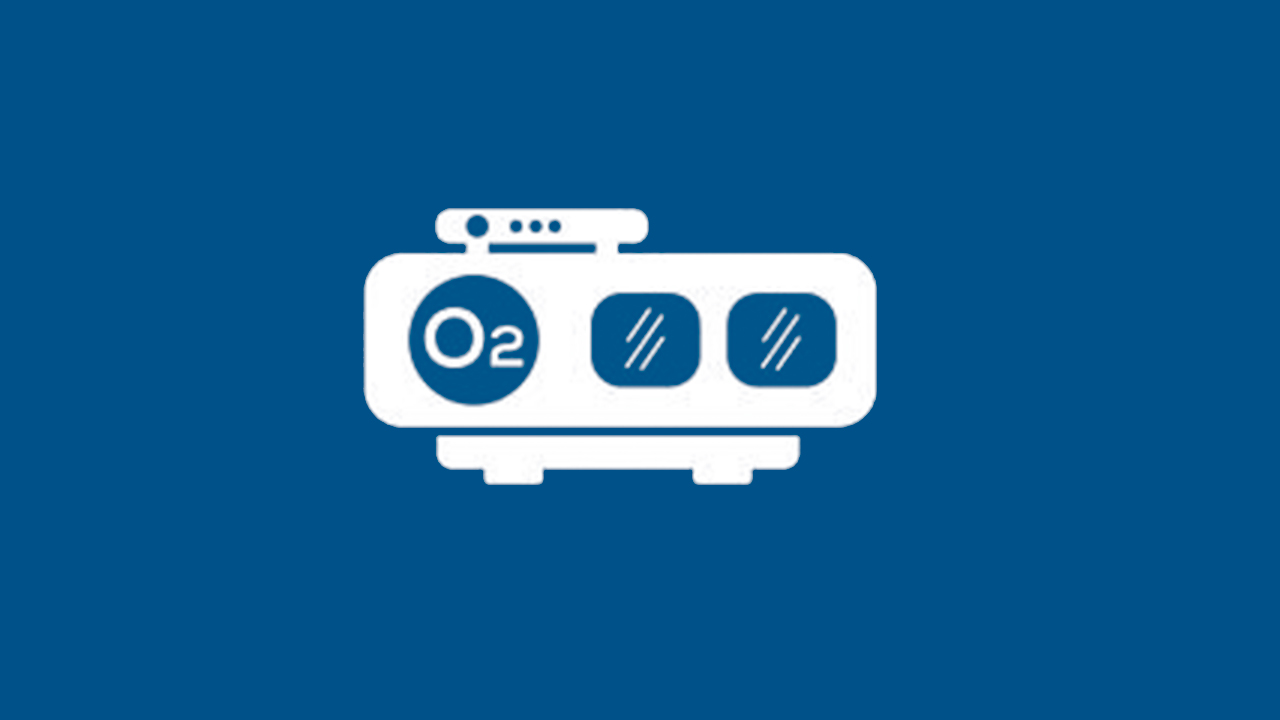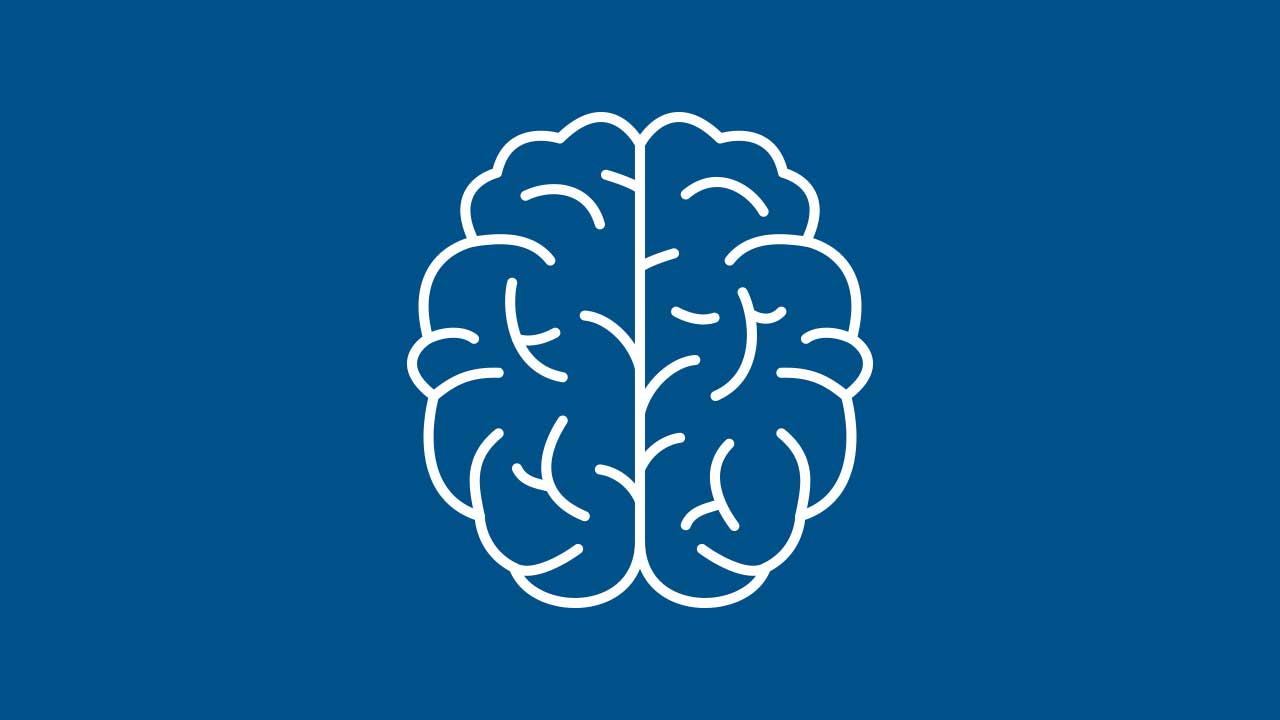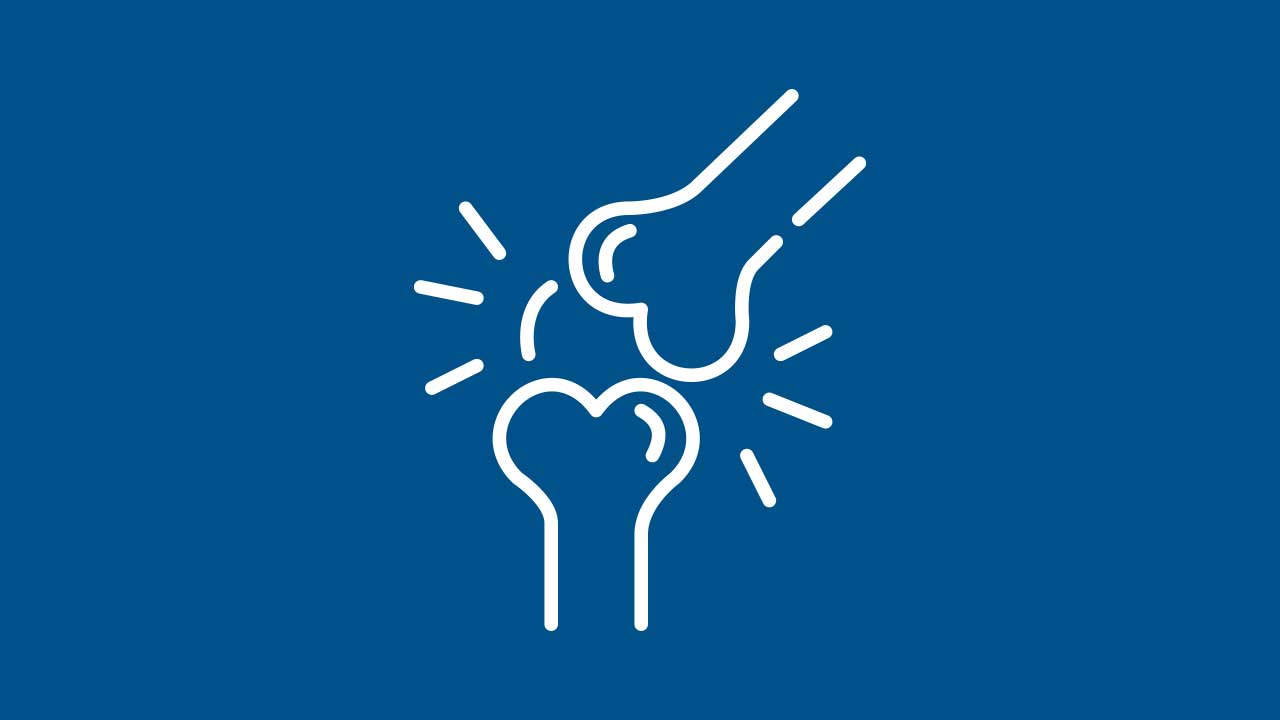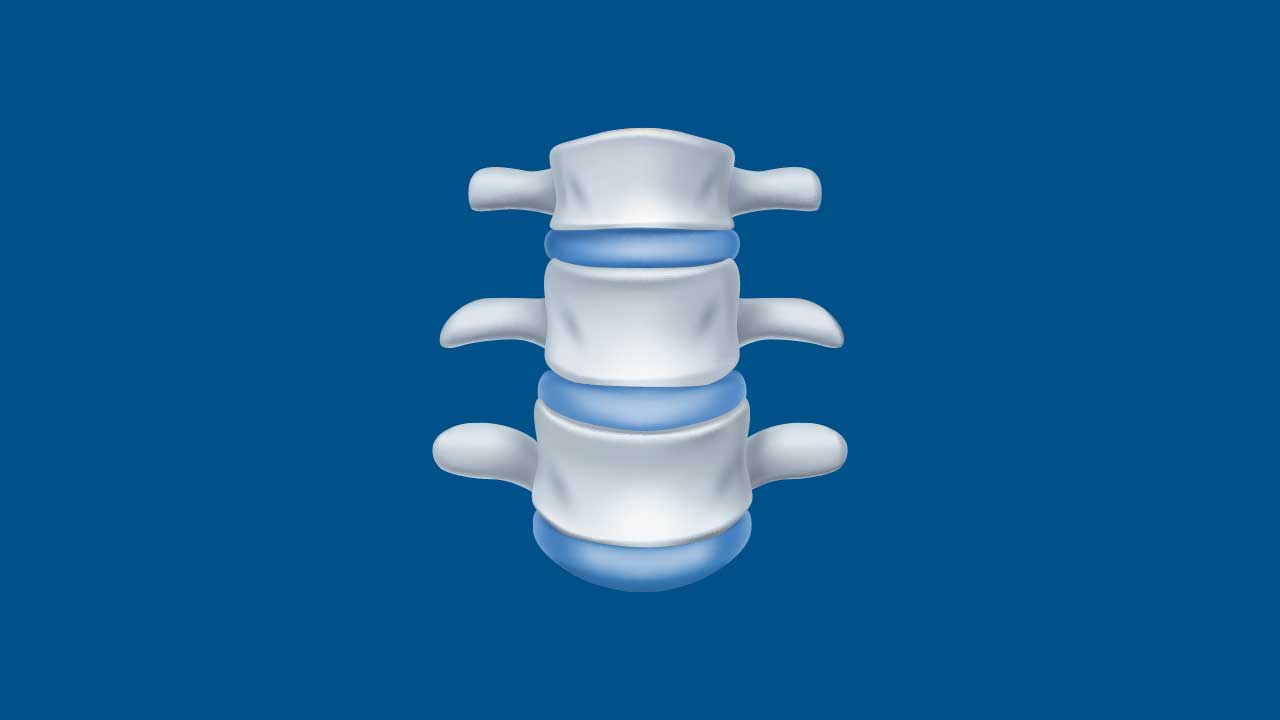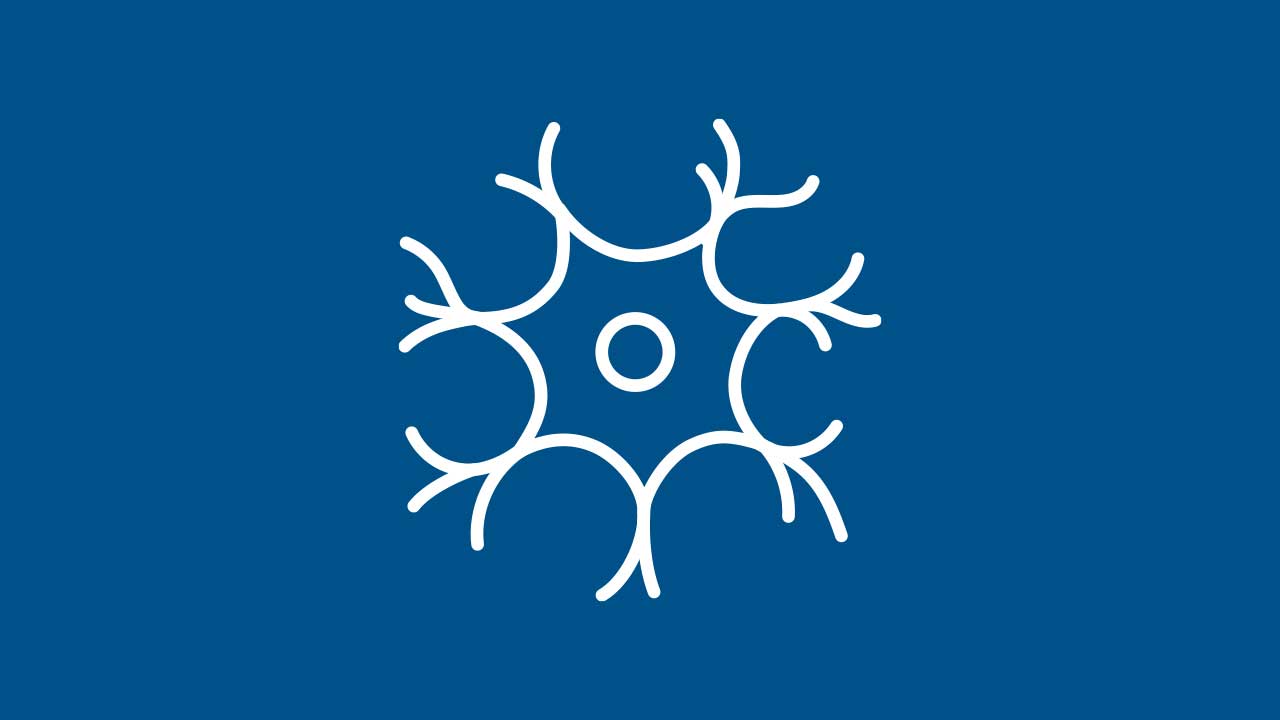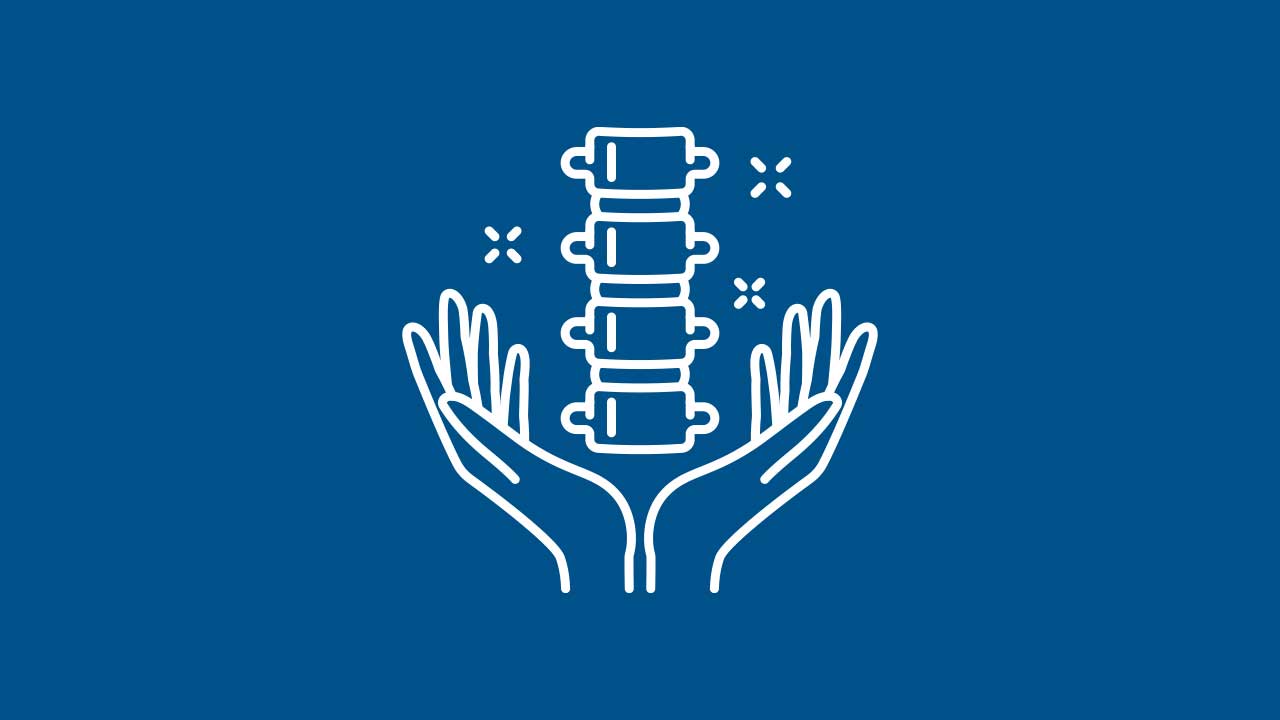Lumbar Spinal Stenosis
Lumbar Spinal Stenosis: Understanding, Diagnosing, and Treating Lower Back Pain
Lumbar spinal stenosis is a condition that causes the spinal canal in the lower back (lumbar region) to narrow, putting pressure on the spinal cord and nearby nerves. This pressure can lead to discomfort, pain, and mobility issues that affect your everyday life. In many cases, the condition develops slowly over time, yet it can have a significant impact on your ability to perform routine activities like walking, standing, and exercising. Below, we provide an in-depth look at the causes, symptoms, diagnostic procedures, and treatment options for lumbar spinal stenosis, along with tips to help you stay active and maintain a healthier spine.
Understanding the Lumbar Spine
The spine is made up of a series of bones (vertebrae) stacked on top of one another, creating a protective channel (the spinal canal) for the spinal cord and nerve roots. In the lower back—the lumbar region—the vertebrae are larger than those in the upper spine, reflecting the region’s role in supporting much of your body’s weight and facilitating movement.
Between each vertebra, there are intervertebral discs composed of cartilage and a gel-like center. These discs function like shock absorbers, allowing flexibility while protecting the bony structures. The spinal cord travels from the brain down through the spinal canal, and the nerve roots branch off from the cord at each level, carrying signals to and from different parts of the body. When this canal or the openings around it narrow, it can compress or “pinch” these nerves—a condition we refer to as spinal stenosis.
What Causes Lumbar Spinal Stenosis?
-
Age-Related Changes
Degenerative Disc Disease: Over time, the discs between vertebrae can dry out and lose their cushioning ability, causing the vertebrae to move closer together and potentially reduce the space within the spinal canal.
Bone Spurs (Osteophytes): As joints in the spine age, your body may create additional bone formations, known as bone spurs, around the edges of the vertebrae. These extra growths can encroach on the canal or the openings where nerves exit. -
Arthritis
Osteoarthritis: This common form of arthritis occurs when protective cartilage in joints wears away. When it affects the facet joints of the lumbar spine, bone spurs can form, contributing to narrowing.
Rheumatoid Arthritis: Though it more commonly affects other joints, rheumatoid arthritis can cause inflammation and damage in the spinal joints, leading to structural changes. -
Structural Abnormalities
Congenital Narrowing: Some people are born with a narrower spinal canal. Over time, even minor degenerative changes can trigger symptoms more quickly.
Scoliosis: An abnormal curvature of the spine can alter the shape and space in the spinal canal, increasing the risk of stenosis. -
Injuries and Other Conditions
Herniated Discs: If a disc ruptures and protrudes into the canal, it can add additional pressure on the nerves.
Spondylolisthesis: This occurs when a vertebra slips forward relative to the one below it, often narrowing the space available for nerves.
Tumors (Rare): Infrequently, an abnormal growth may develop within or near the spine, compressing the nerves.
Who Is at Risk?
- Age 50+: Stenosis most commonly appears in people over the age of 50 due to degenerative changes.
- Repetitive Strain: Individuals engaged in heavy lifting or high-impact sports may place repeated stress on their lumbar spine.
- Obesity: Excess body weight increases spinal load and stress on lumbar vertebrae and discs.
- Previous Back Injuries or Surgeries: Conditions like fractures, or multiple surgeries, can result in scar tissue or misalignment that narrows the canal.
- Family History: A genetic predisposition for spine-related conditions can increase susceptibility to stenosis.
Common Symptoms of Lumbar Spinal Stenosis
-
Lower Back Pain
Pain can be mild or intense, and it may radiate into the buttocks or legs.
It often worsens when standing or walking for extended periods. -
Neurogenic Claudication
A hallmark symptom, involving pain, tingling, or cramping in the legs or buttocks after walking short distances or prolonged standing.
This discomfort typically subsides when you sit or bend forward (e.g., leaning on a shopping cart). -
Numbness, Tingling, or Weakness
The nerves that control leg function may be compressed, leading to numbness or tingling in the legs and feet.
Muscle weakness may appear in one or both legs, potentially affecting balance. -
Reduced Endurance and Mobility
Staying active becomes challenging; you may find yourself taking frequent breaks to alleviate pain or fatigue. -
Changes in Bladder or Bowel Function
Though less common, severe compression of nerves can lead to incontinence or difficulty controlling bowel or bladder function. This requires immediate medical attention.
Diagnosing Lumbar Spinal Stenosis
-
Medical History and Physical Exam
A physician will discuss your symptoms, activity levels, and any previous injuries.
They may check your range of motion, spinal alignment, and perform reflex tests to detect nerve involvement. -
Imaging Tests
X-rays: Reveal the alignment of vertebrae and the presence of bone spurs or fractures.
MRI: Provides a detailed view of soft tissues, discs, nerves, and the degree of narrowing in the spinal canal.
CT Scan (Possibly with Myelogram): Uses specialized imaging, sometimes combined with an injected dye, to visualize the spinal canal and nerve compression. -
Nerve Conduction Studies/EMG
These tests measure how well electrical signals travel through your nerves and muscles, identifying areas of potential nerve damage.
Non-Surgical Treatment Approaches
Many people with lumbar spinal stenosis find symptom relief and improved mobility through conservative treatments. In mild to moderate cases, these approaches can be highly effective in managing pain and maintaining an active lifestyle.
-
Pain Management
Over-the-Counter Medications: Nonsteroidal anti-inflammatory drugs (NSAIDs) and acetaminophen can help reduce inflammation and discomfort.
Prescription Medications: In more severe cases, muscle relaxants, oral steroids, or neuropathic pain medications might be recommended. -
Physical Therapy
Strengthening Exercises: Target core muscles to stabilize the spine, reduce pressure on affected areas, and improve posture.
Flexibility Training: Gentle stretches and mobility drills can alleviate tension in muscles surrounding the spine.
Guided Exercises: A physical therapist may focus on low-impact routines, such as stationary biking or aquatic therapy, which are easier on joints and discs. -
Epidural Steroid Injections
Corticosteroid injections around irritated nerves can help reduce inflammation and ease pain.
These are often combined with a physical therapy program for an optimal, longer-lasting benefit. -
Activity Modifications
Posture Adjustments: Slightly bending forward (like leaning on a walker or shopping cart) can open up the spinal canal and ease nerve pressure.
Assistive Devices: Using a cane or walker might improve balance and reduce pain while walking. -
Lifestyle Changes
Weight Management: Losing excess weight reduces strain on the lower back and spine.
Smoking Cessation: Smoking restricts blood flow and can speed up degenerative changes in the spine.
Surgical Treatment Options
When conservative measures fail to sufficiently relieve symptoms or if significant nerve compression threatens nerve function, surgery may be recommended. Surgical options aim to decompress, or relieve pressure on, the spinal cord and nerves, while stabilizing the spine if necessary.
-
Decompression Procedures
Laminectomy: Removal of the lamina (the rear part of the vertebra) to create more space around the spinal cord and nerve roots.
Laminotomy or Foraminotomy: Similar procedures that involve removing only a small part of the lamina or widening nerve root openings (foramina).
Microscopic or Endoscopic Surgery: Minimally invasive approaches allow surgeons to reduce tissue damage and promote a faster recovery. -
Spinal Fusion
If instability is present (e.g., spondylolisthesis), a fusion can help stabilize the spine by joining two or more vertebrae.
Hardware such as rods, screws, or cages may be used to hold the vertebrae in place during the fusion process. -
Advanced Minimally Invasive Techniques
Surgeons use specialized instruments and smaller incisions to remove or reshape bone that is pressing on nerves.
These techniques can lead to reduced recovery times, minimal scarring, and lower risk of complications.
What to Expect During Recovery
-
Immediate Postoperative Care
After decompression surgery or fusion, you may stay in the hospital for observation and pain management.
Early mobilization, such as light walking, is often encouraged to prevent blood clots and support healthy circulation. -
Rehabilitation and Physical Therapy
A customized rehab program helps you regain strength, flexibility, and confidence in movement.
Therapists will teach you how to properly bend, lift, and twist to protect your spine and reduce pain. -
Long-Term Maintenance
Ongoing exercises and lifestyle adjustments can help you preserve surgical results.
Periodic check-ups with your medical team are key to monitoring your progress and addressing any new concerns.
Maintaining Spinal Health and Preventing Recurrence
Although it may not be possible to fully prevent lumbar spinal stenosis—especially when age-related changes are involved—there are ways to slow progression and reduce flare-ups:
- Regular Exercise: Emphasize low-impact activities like walking, swimming, or stationary biking.
- Core Strengthening: Strong abdominal and back muscles help stabilize the spine.
- Healthy Diet and Weight Control: Maintaining a balanced diet and healthy weight eases stress on the spine.
- Spine-Friendly Posture: Keep your shoulders back and your spine neutral whenever possible, whether you’re standing, sitting, or lifting.
- Avoid Smoking: Nicotine use affects blood flow and decreases healing capacity in the spine.
Our Multi-Disciplinary Approach in NYC
Our multi-location, multi-disciplinary medical practice in the New York City metro area provides comprehensive care for brain, spine, and joint conditions. Our mission is to serve as a destination for patients not only from New York state but also across the United States and around the globe. We blend modern diagnostic tools, evidence-based treatments, and personalized care plans to ensure the best possible outcomes. Whether you need non-surgical management, minimally invasive surgery, or a second opinion, our expert team—comprising neurosurgeons, orthopedic surgeons, pain management specialists, and rehabilitation professionals—collaborates to deliver patient-centered, cutting-edge care.
Frequently Asked Questions (FAQs)
-
Is lumbar spinal stenosis permanent?
While it can be a chronic condition, many individuals find lasting relief through appropriate treatments—ranging from medication and physical therapy to surgery. -
Can exercise make lumbar spinal stenosis worse?
High-impact or improperly performed exercises might aggravate symptoms. However, a tailored exercise program supervised by a healthcare professional is often beneficial for reducing pain and maintaining mobility. -
Will I need surgery right away?
Surgery is generally considered only after conservative methods (e.g., physical therapy, injections, medications) have not provided adequate relief, or if there is a risk of permanent nerve damage. -
How successful is surgery for lumbar spinal stenosis?
Surgery can be very successful in relieving leg pain and improving quality of life, especially if you adhere to a well-structured rehabilitation program afterward. Success rates can vary depending on overall health, age, and the extent of spinal degeneration.
Additional Resources
-
National Institute of Arthritis and Musculoskeletal and Skin Diseases (NIH)
Offers comprehensive information on a variety of back pain issues, including spinal stenosis, plus tips on prevention, diagnosis, and treatment. -
MedlinePlus: Spinal Stenosis
A reputable source for patient-friendly, government-backed health information, covering symptoms, causes, and medical imaging details.
Conclusion
Lumbar spinal stenosis can impact your ability to enjoy everyday activities and diminish your quality of life if left unaddressed. However, with a holistic approach—encompassing early diagnosis, balanced pain management, physical therapy, and (if necessary) surgical intervention—many people achieve meaningful relief and return to a more active lifestyle.
Our dedicated team in the New York City metro area is here to help you navigate your treatment journey, offering advanced diagnostics, specialized non-surgical therapies, and minimally invasive surgical solutions. By emphasizing education, prevention, and comprehensive care, we aim to provide each patient with the support they need for long-term spine health and improved well-being.
Disclaimer: This article is intended for informational purposes only. It is not a substitute for professional medical advice, diagnosis, or treatment. Always consult a qualified healthcare provider for guidance on any medical condition or treatment plan.
